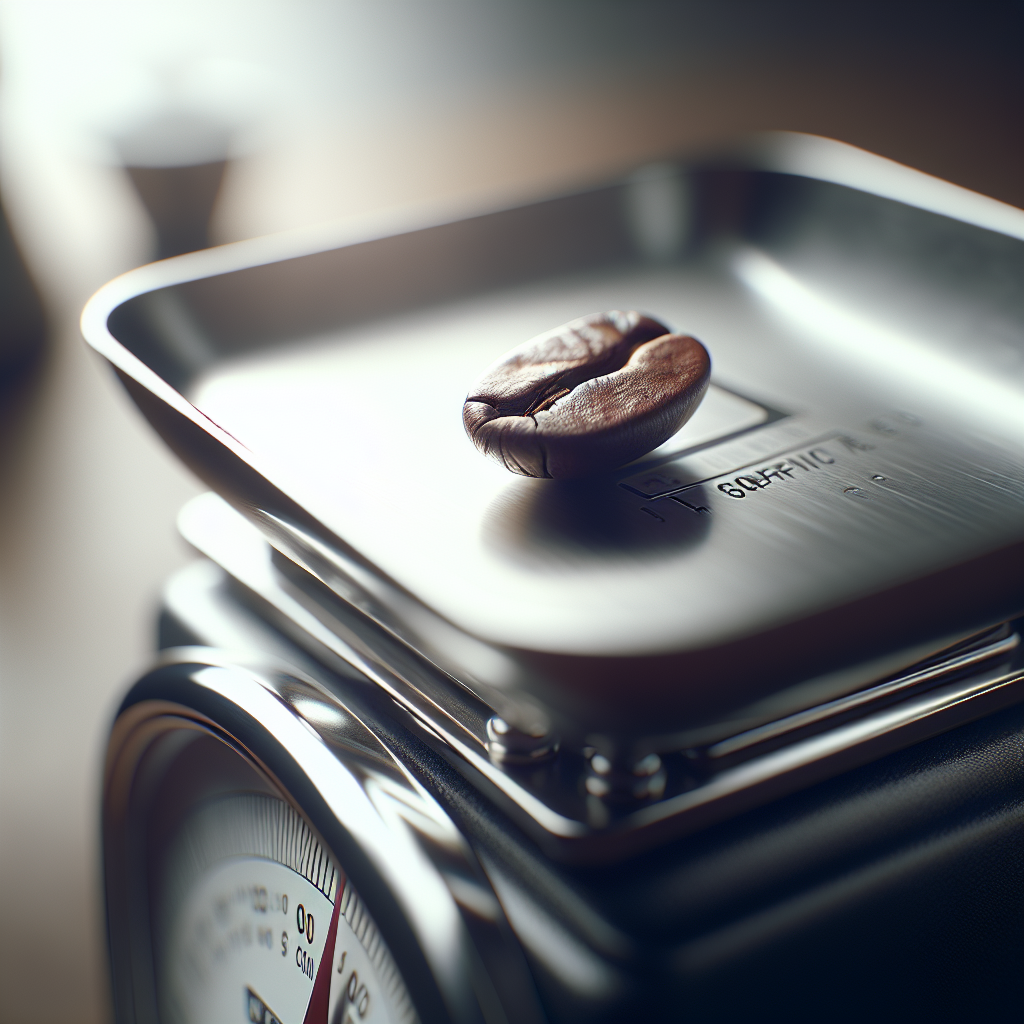Are you a coffee lover who is constantly seeking that perfect cup of espresso? If so, you may have wondered about the ideal brewing ratios for making espresso from fresh beans. Figuring out the right balance between coffee grounds and water is crucial in achieving the perfect flavor, aroma, and crema. In this article, we will explore the different brewing ratios that are often recommended by experts to help you create a delightful cup of espresso every time. So, grab your favorite mug, sit back, and let’s dive into the world of coffee brewing ratios!
Ideal Brewing Ratios for Espresso
Bean-to-Water Ratio
The bean-to-water ratio is one of the key factors in achieving the perfect balance of flavors in your espresso. The general rule of thumb for a traditional espresso is a ratio of 1:2, which means using 18 grams of coffee beans for every 36 grams of water. This ratio ensures a well-extracted espresso with a rich and balanced flavor profile. However, it’s important to note that personal preferences may vary, and you can adjust the ratio accordingly to suit your taste.
Dose Weight
The dose weight refers to the amount of coffee you use for one shot of espresso. Most espresso recipes call for a dose weight between 18 and 20 grams. This dose weight allows for a sufficiently strong and flavorful shot without overpowering the taste buds. Experimentation with dose weight can help you fine-tune your espresso to your desired strength and intensity.
Extraction Time
The extraction time plays a crucial role in determining the quality of your espresso. The ideal extraction time falls within the range of 25 to 30 seconds. This timeframe allows for a balanced extraction of flavors from the coffee grounds, resulting in a well-rounded and enjoyable cup of espresso. If the extraction time is too short, the flavors may be underdeveloped, while an excessively long extraction time can lead to over-extraction and a bitter taste.

Yield
The yield refers to the amount of liquid espresso extracted from the coffee grounds. A conventional yield for a single espresso shot is around 30 grams. However, this can be adjusted to personal preference. It’s important to note that increasing the yield may result in a longer extraction time and a milder flavor, while reducing the yield might yield a stronger and more concentrated shot.
Grind Size
The grind size of your coffee beans is crucial in achieving an optimal extraction. For espresso, a fine grind size is generally recommended. A fine grind ensures a higher surface area contact with the water, allowing for a more efficient extraction of flavors. However, it’s essential to find the right balance as an excessively fine grind can result in over-extraction and a bitter taste, while a coarse grind may under-extract and produce a weak espresso.
Water Temperature
The water temperature is another critical aspect of brewing espresso. The ideal water temperature for espresso extraction falls between 195 to 205 degrees Fahrenheit (90 to 96 degrees Celsius). Water that is too hot can lead to over-extraction and a burnt taste, while water that is too cold may result in under-extraction and a lack of flavor. It’s recommended to use a reliable thermometer or a temperature-controlled espresso machine to ensure consistent water temperature.
Brewing Equipment
The quality and efficiency of your brewing equipment can significantly impact the outcome of your espresso. Investing in a high-quality espresso machine, a precise coffee grinder, and appropriate espresso accessories can make a noticeable difference in the extraction process. Each component of your equipment should be well-maintained and regularly cleaned to ensure optimal performance and espresso quality.
Coffee Bean Freshness
Using fresh coffee beans is a crucial factor in achieving the best flavor in your espresso. It’s recommended to purchase whole beans and grind them just before brewing to preserve the coffee’s freshness. Coffee beans start to lose their flavor and aroma shortly after being roasted, so it’s important to use them within two to three weeks from the roast date. Always check the packaging or consult with your local roaster for the optimal consumption time for your specific beans.
Taste
Ultimately, the most important factor in determining the ideal brewing ratios for espresso is your personal taste preference. Experimentation is key to finding your perfect balance of flavors. It’s recommended to vary the brewing ratios, adjust the grind size, and explore different coffee beans to discover the flavors that you enjoy the most. Keep notes of your experiments to track the variables that lead to your preferred taste and refine your brewing techniques accordingly.
Experimentation
Espresso brewing is both a science and an art, and experimentation is an integral part of the process. Don’t be afraid to get creative and try new brewing ratios, dose weights, extraction times, and other variables to find the ideal balance for your espresso. Keep in mind that small changes can have a significant impact on the final taste, so be patient and persistent in your pursuit of the perfect cup. Embrace the journey of experimentation, and with each iteration, you will come closer to brewing espresso that suits your unique preferences.

